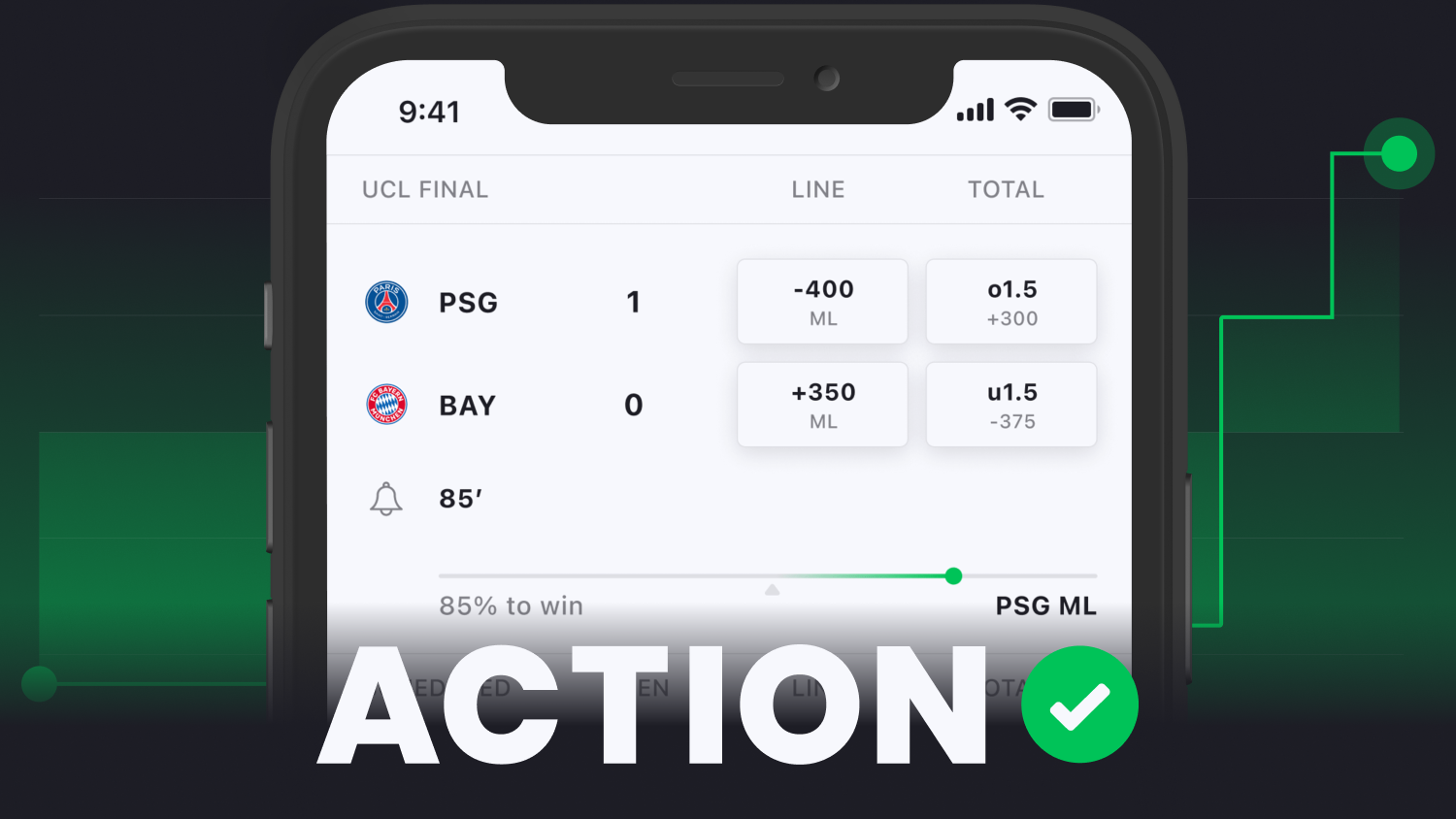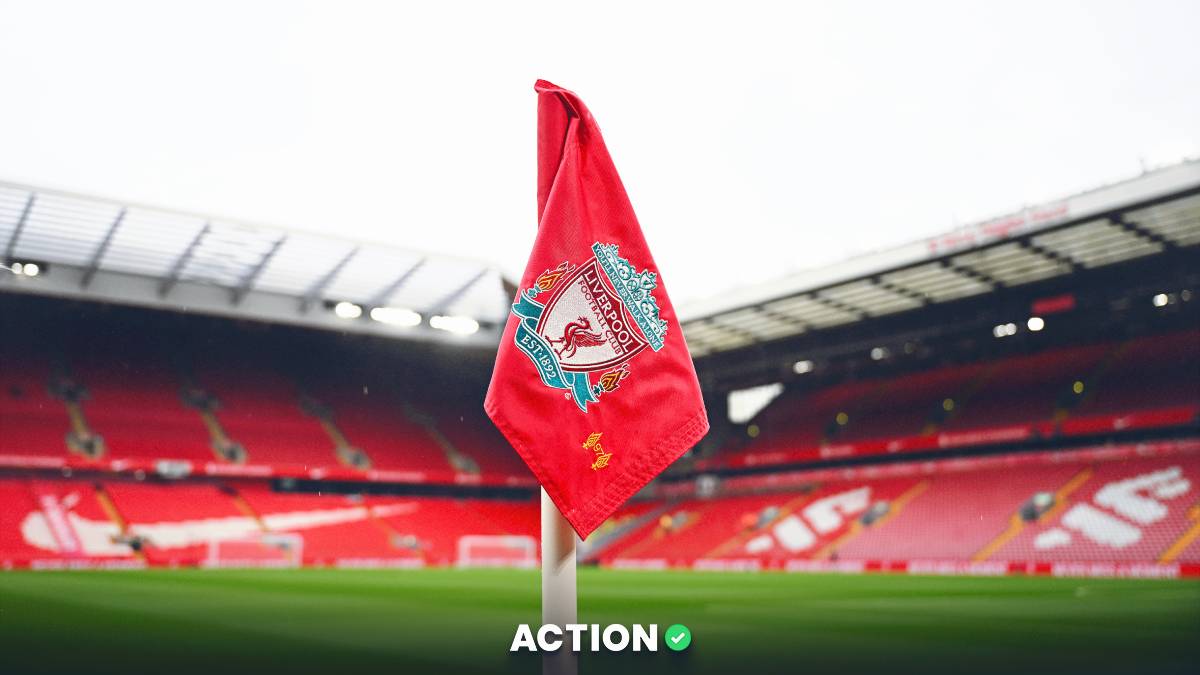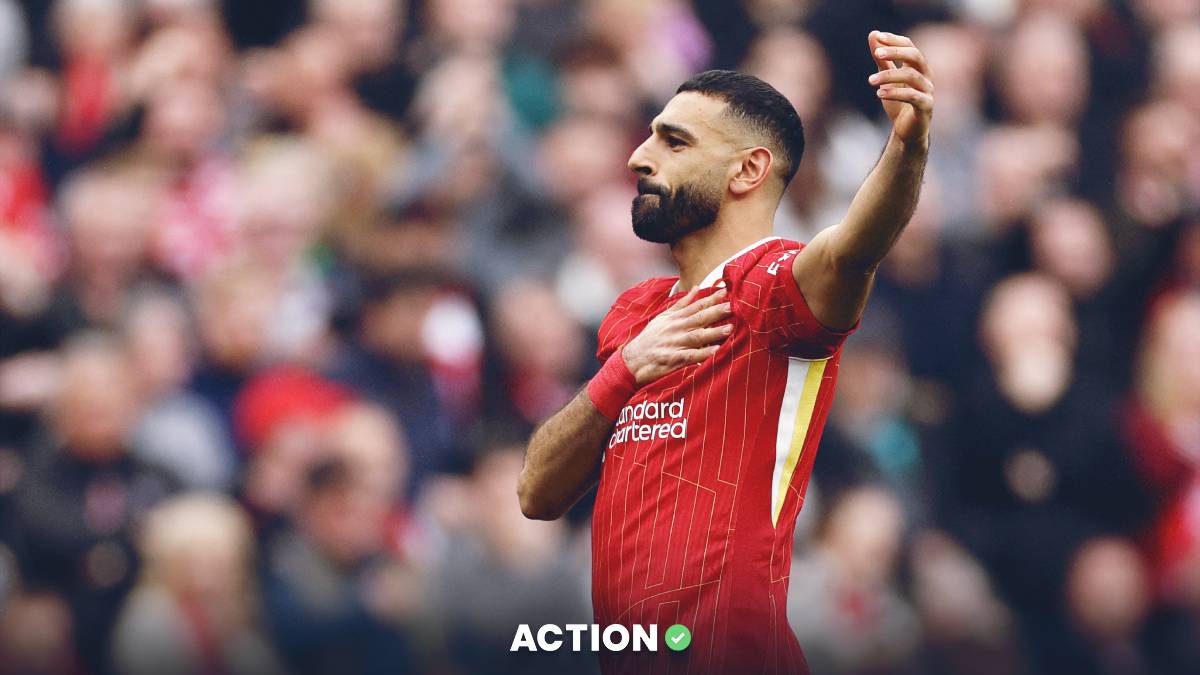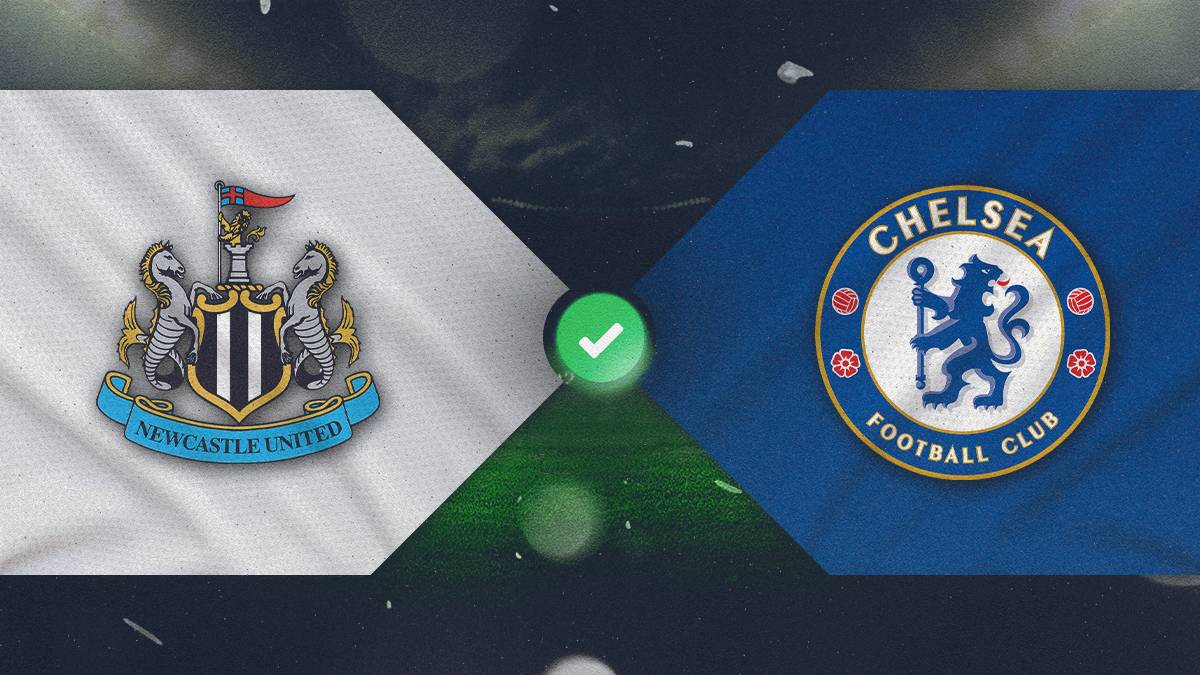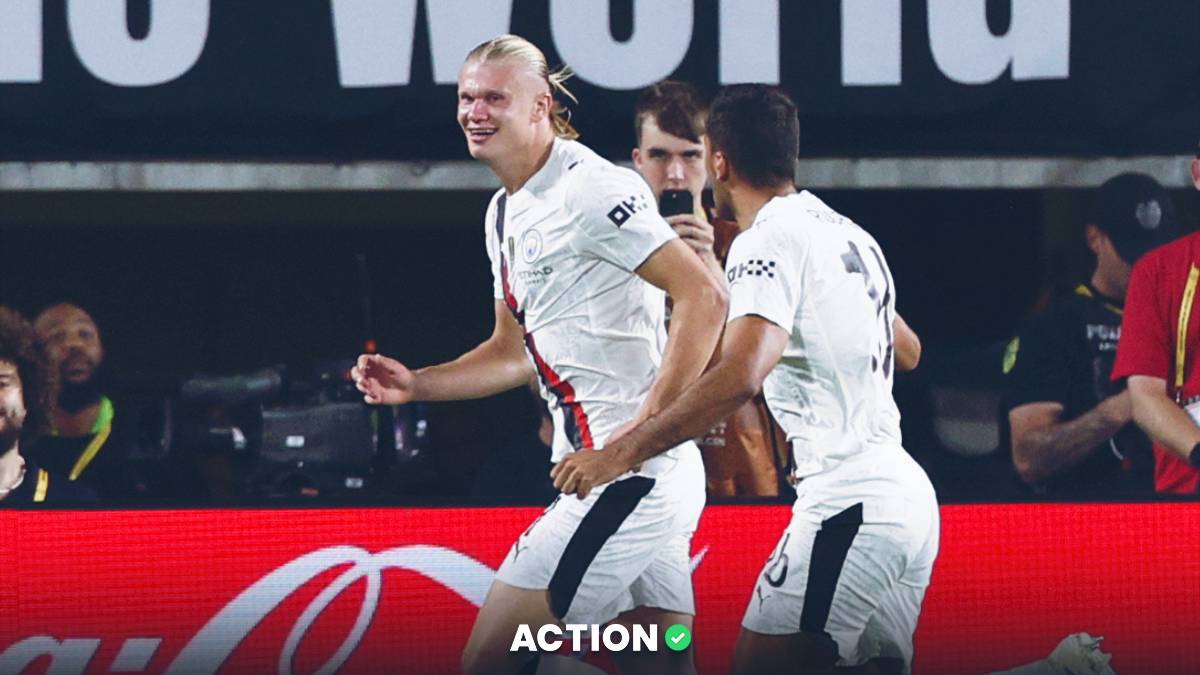After the United States Men's National Team opened the CONCACAF Gold Cup with a narrow 1-0 win over Haiti this past summer, some American fans took comfort in the postgame expected goals totals.
If you’re unfamiliar, expected goals is a measure of how many goals a team might be expected to score on average based on the chances they created. And according to Opta, one of the most well-known and widely circulated sports analytic data providers, the Americans had created 1.94 xG, while Haiti had managed only 0.38 in the same category.
🇺🇸 USMNT 1-0 Haiti 🇭🇹
Numbers looked good. Didn't always feel this dominant… pic.twitter.com/KtyOKLKmAu
— Paul Carr (@PaulCarr) July 12, 2021
Long story short, the data showed the Americans were more unlucky than poor. Or did it?
While Opta’s data showed a relatively dominant U.S. performance, numbers from another analytics firm, Data Sports Group, showed much closer xG totals, with the Americans leading only 1.21 to 0.93 in the metric. According to DSG’s evaluation, the Americans had actually been slightly fortunate to win.
Neither Opta nor DSG’s numbers were errant. Such discrepancies are relatively common. And they highlight the limits of practical uses for xG as a predictive metric — for betting or other purposes — particularly within the small sample size of a single game.
Ryan Anderson, who operates MLS Fantasy Stats and contributes to analytics website American Soccer Analysis, is hardly surprised.
“There is no one xG number for every shot, and anyone can build their own xG model,” Anderson said.
Those common disparities between data keepers informs how — and when — Anderson uses xG for his fantasy projections.
“I would just encourage people that looking at individual games or even a set of three to five games is probably not a great way to use xG,” Anderson added. “I don’t even start publishing projections for fantasy until like Week 8 or so. Just because, I don’t trust the underlying numbers until I get a — I wouldn’t even call it a good sample size, but at least a sample size that isn’t going to be so beholden to variance that it’s basically useless.”
The variance has its roots in the nature of soccer itself, a game of fortune and skill in equal measure. It also stems from how expected goals are often calculated — a messier and often more human process than you might expect.
Conventionally, an analyst for a data company watches a match and records several characteristics about each shot. The data firm then compares those shots with countless others in its database that have the same characteristics, and based on how many of those shots are successful, arrives at a percentage chance the particular shot will result in a goal.
When you add the percentage chance of each shot together over the course of a match together, you get an xG calculation. For example, if a team has 12 shots and 10 have a 10% chance of scoring, and two of them have a 30% chance, a team would have generated 1.6 xG, because the scoring probability of those shots adds to 160 percent.
However, that human element of data collection, particularly in a sport where measurements of difference, pace and height are inexact estimates, can sometimes lead to wide variance in each data point.
“There was a time that, between the data set that we were getting and say the one (another firm) was using, there was a difference in three or four yards of where the (analysts) had placed the location of it, and it changed the xG value just tremendously,” Anderson recalled.
Benjamin Baer was once a part of this process as an Opta analyst. And while he maintains xG is “the gold standard” for predicting how well teams will perform over an extended timeframe, he also knows its limitations.
“I think there’s a lot of qualifiers,” says Baer, a co-host of the Bet MLS podcast who worked as an MLSsoccer.com editor following his role at Opta.
“The main one is if there’s not a shot, it doesn’t get registered,” Baer said. “So there’s a lot of times where if a team has a great buildup, or if a team is playing in transition and the guy whiffs on the ball or the pass was just a little bit off but it was still a great chance, that’s obviously not collected at all. So, that’s a little bit of a blind spot.”
Well known statistical analysis website FiveThirtyEight has tried to account for this particular blindspot in its soccer projections by creating a shots independent xG model, in addition to its standard xG model. The shot-independent model estimates how many goals a team is likely to score based on what it calls “shot-independent actions” a team takes in the attacking end, including “passes, interceptions, take-ons and tackles.”
The next step, Baer said, is incorporating tracking of players — both on offense and defense — who aren’t part of on-the-ball actions. That technology exists, but is far from uniformly incorporated, he added.
“I think it’s going to be advanced a lot once every company is able to input where defensive players are, because obviously that is a big hole,” Baer said.
Even with defensive player tracking, there are still other ways xG can be deceiving beyond not accounting for promising play that doesn’t result in an attempt on goal.
“Game states are an issue,” Baer explains. “If you’re looking at a full game, if a team goes up 2-0 in the first 10 minutes, odds are the other team is going to win the xG battle because they’re attacking the whole game.
“Also, the quality of opponents (can be an issue). We talk about this on the podcast all the time. Over the last five games, this team has a great xG differential, but what was the quality of the opponent?”
So, what does this all mean for bettors? Like any other data set, the larger the sample size, the better. That means xG is a better indicator of overall team strength after an extended string of games rather than isolating previous games between two teams.
If you are going to look at xG in terms of a specific matchup, you should try to consider as many different providers’ numbers as possible.
In Major League Soccer, for example, you can access different sets of xG data freely from American Soccer Analysis, MLSsoccer.com, FiveThirtyEight and FBref.com to name a few sites. FiveThirtyEight, FBref and and understat also feature data from most of the other European leagues that are popular with American bettors.
As for when you should believe a team that overperforms or underperforms xG owes to more than random variance? Those circumstances exist, but Anderson says they're limited.
He cites Atlanta United in 2018, which vastly overperformed its xG totals in part because so many of its chances came when counterattacking at pace, using a style employed by few other league foes.
Atlanta went on to finish second in the Supporters’ Shield race and win the 2018 MLS Cup, with league observers agreeing nearly universally that at worst the club was among the top two or three teams in the league that season.
“That would be something to take into account… does a team’s style of play actually differ so much from the league average that it distorts the numbers?” Anderson said. “You’ve got to look for those factors that say this team’s shots are characteristically different from the league in a way that xG doesn’t take into account.”




